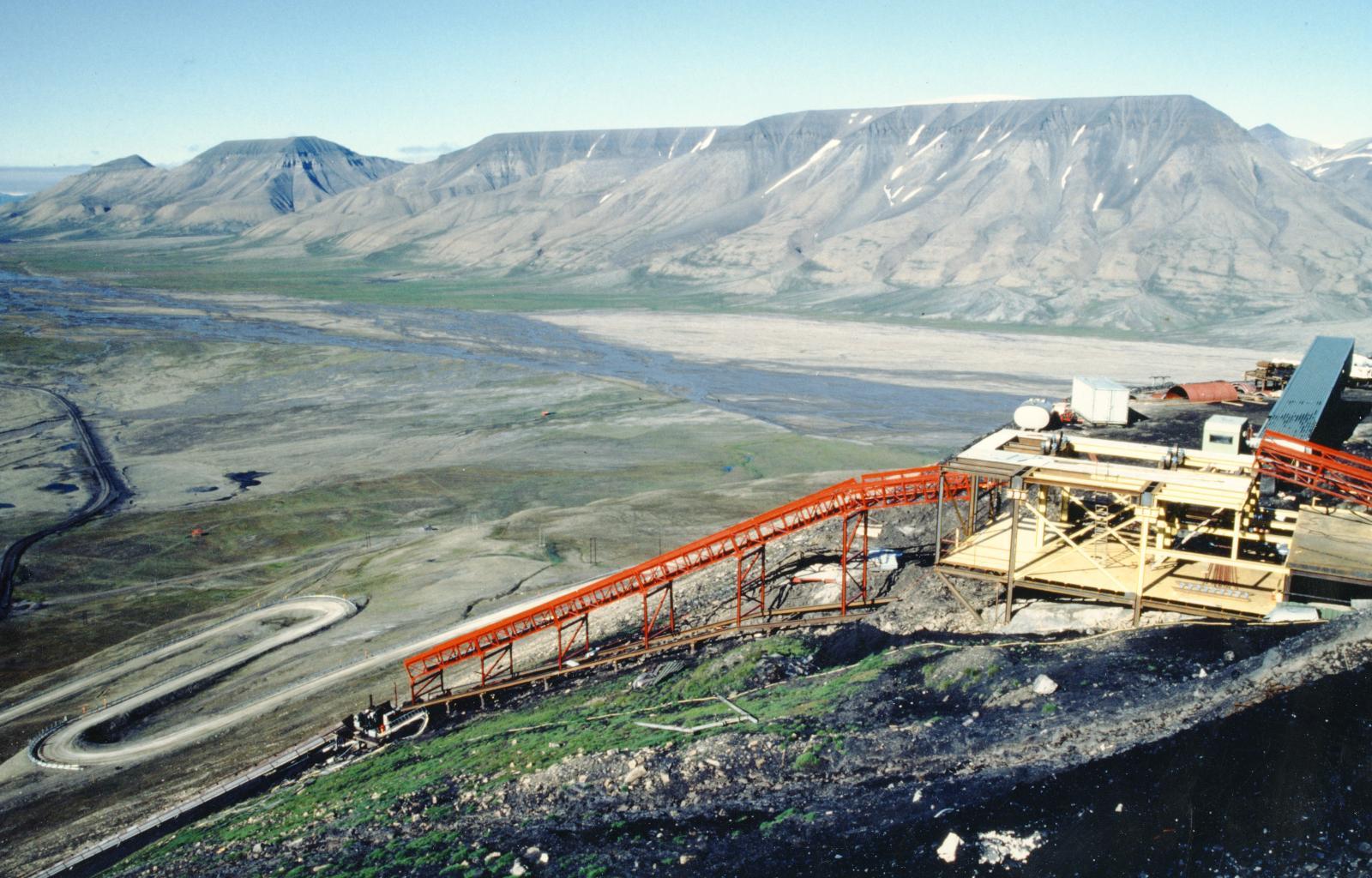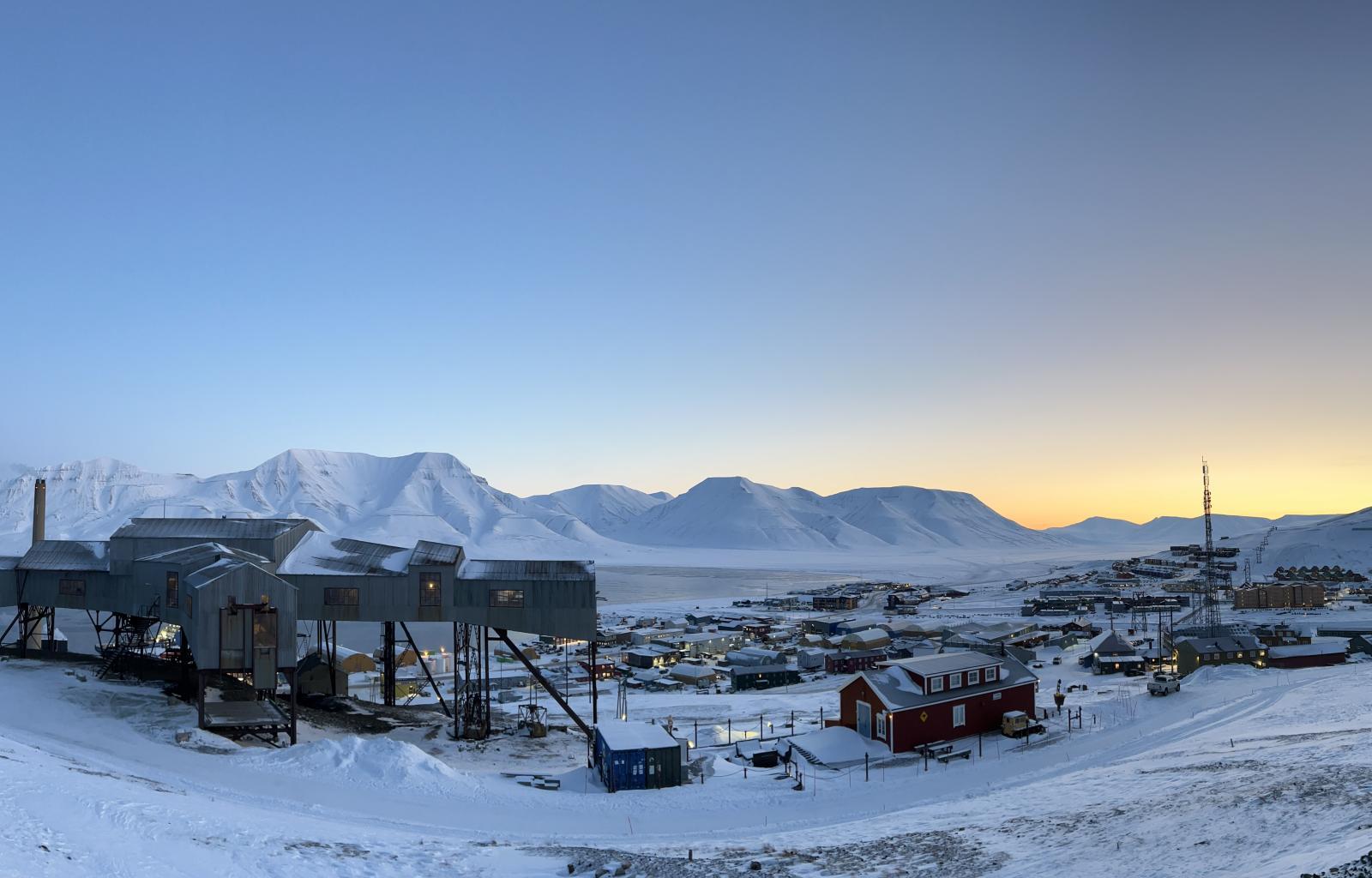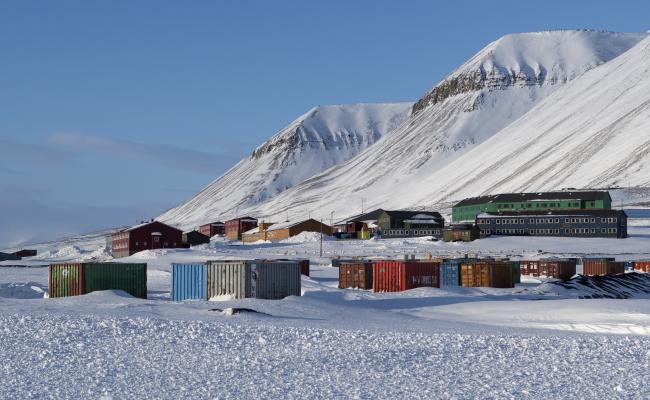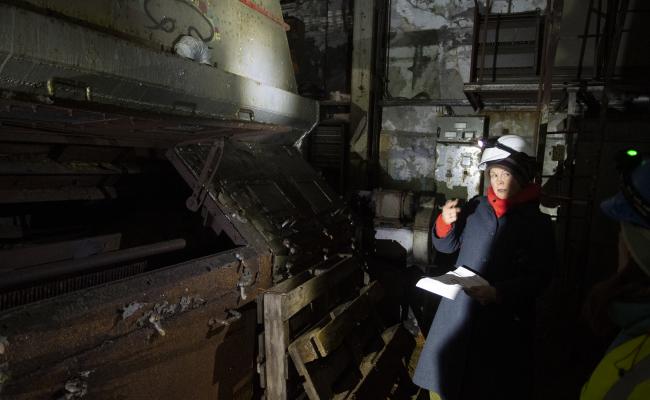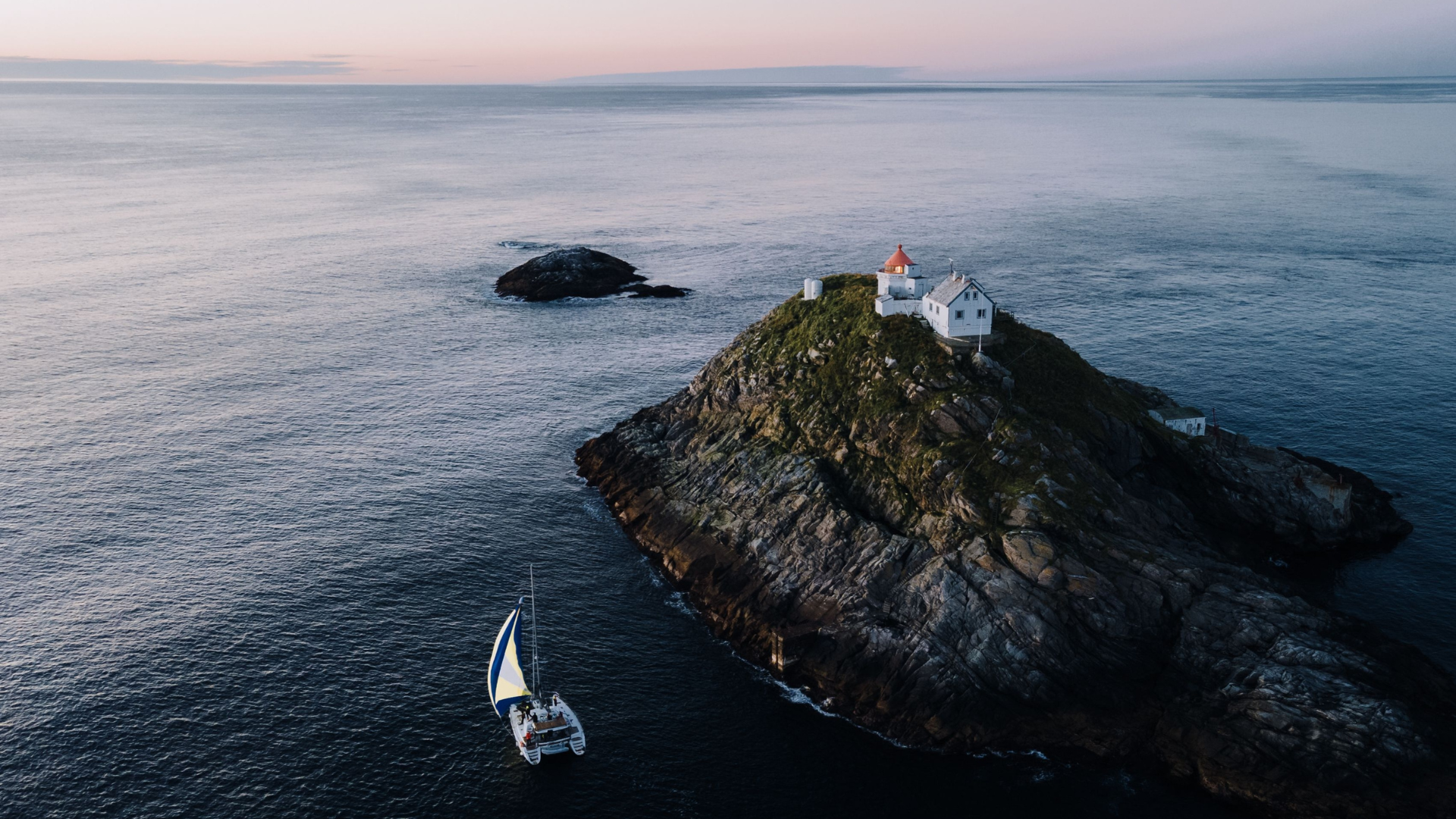Svalbard: The End of the Last Norwegian Coal Mine
At the end of June, Mine 7, the last Norwegian coal mine, will be closing down on Svalbard. This marks the end of over 100 years of Norwegian coal production on the Arctic island.
For over a century, coal has been extracted from the Arctic mountainsides of Svalbard. Shortly, the chapter will be closed as the Norwegian coal operations come to a halt with the closure of Mine 7 at the end of this month.
The mining operations have played a central part in the Norwegian archipelago north in the Barents Sea, and were long the most significant industry in Longyearbyen.
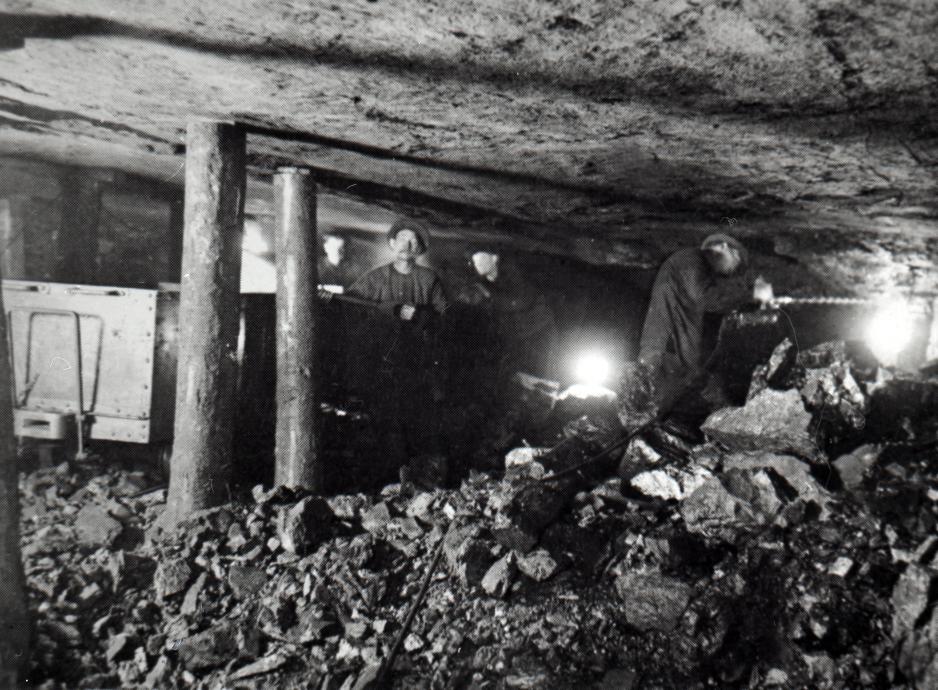
An older photo of the mining work in Svalbard. Longyearbyen was the start of a classic mining town, a so-called 'Company Town', in which the mining company owned the infrastructure and controlled most of the city. (Photo: Unknown photographer/Svalbard Museum)
The mining community originated from the Arctic Coal Company, founded by the US businessman John Munro Longyear, after whom Longyearbyen is named.
In 1906, the first mine, the American Mine, also known as Mine 1, opened.
Store Norske Spitsbergen Kulkompani acquired Arctic Coal Company in 1916. The company operated several new coal mines in the years to come, including Mines 2, 3, 5, 7, and one of the most significant ones: the Svea Mine (also known as Svea Nord), which operated until 2016.
In the 1930s, the state became a owner of Store Norske, and the company is now wholly owned by the Norwegian state.
No coal

"It is to be expected," says Tor Inge Nyheim when High North News asks what he thinks about the closing of the mine.
Nyheim is Store Norske's last mine manager in Mine 7.
He started out as a mechanic in the company. He then became leader of the mechanics, head of maintenance, technical chief, and now mine manager.
"Mine 7 is practically cleared of high-quality coal that our customers request. We have not began operations in another mine, nor looked for new resources in the past years. Thus, things come to a halt," he continues.
The closing of the mine is also a consequence of the 2021 bill to phase out Longyearbyen's coal power plant, which supplies the city with energy. Diesel now functions as a temporary energy supply, before a permanent and renewable energy solution is in place.
When Longyearbyen Community Council terminated the agreement to purchase coal from Mine 7 for energy production, Store Norske decided to close the mine in the fall of 2023.
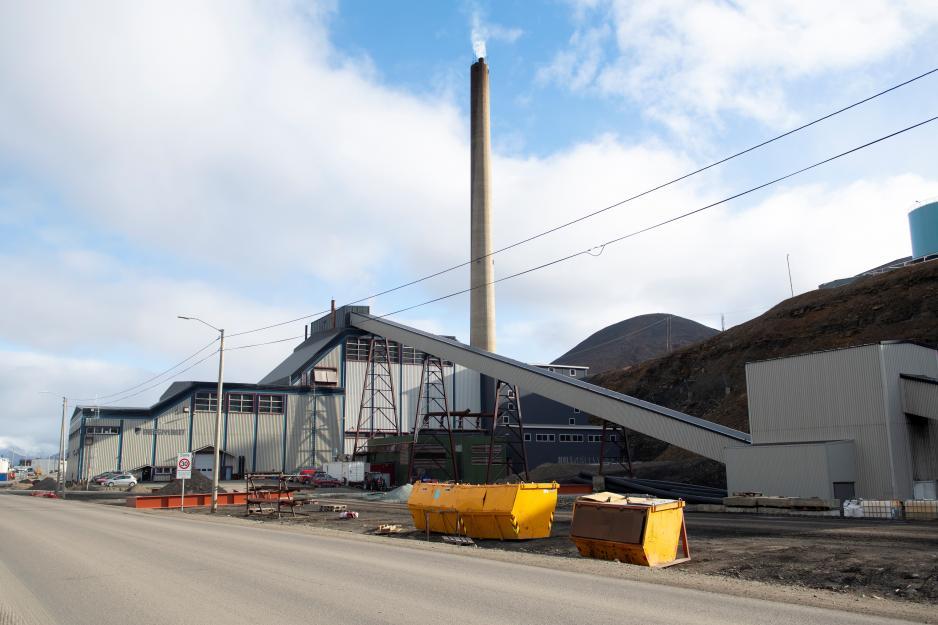
The Longyearbyen power plant. In 2021, the government announced that it would phase out coal-fired power in Svalbard. The Longyearbyen Community Council was tasked with implementing a new energy plan, and the local government decided to close the coal-fired power plant by fall 2023. (Photo: Line Nagell Ylvisåker / High North News).
Extended operations for two years
As is known, the changed world situation in 2022, with the consequential high demand for and prices of coal, allowed Store Norske to extend its coal operations.
"Sadly, a war began in the east [Russia's invasion of Ukraine, ed. note], which also led to a dramatic development in coal prices," Nyheim elaborates.
The company agreed with the German company Clariant to continue deliveries of coal for industrial production until the summer of 2025.
"The company signed a contract for the delivery of coal at an acceptable price. Thus, we could continue for two more years," he says.
Want to finish in style.
"Like a Champions League final"
Mine 7's last two years have been characterized by formidable efforts from the employees, says Operation and Project Engineer Gudmund Løvli from Store Norske.
What is the atmosphere like among the employees?
"I consider it very good. Both the moral and production are high," says Løvli and continues:
"We have had a major focus on quality, and we have managed to increase the share of high-quality coal from 60 to 80 percent over the past two years. That is also noticeable in profitability."
Today, 63 people work in Mine 7, of whom 50 are actively involved in production. Løvli says many of the employees have been prepared for the time limit of the work, since a significant part of the workforce was hired after the mine was decided to close.
"There is a proper will to work and endurance in our workers now, even though it is nearing the end. It is as if they are playing a Champions League final. They are the last, and they want to finish in style," he continues.
Løvli started as a mining worker at Store Norske 35 years ago. In recent years, he has led the cleanup efforts in Svea and served as the mine manager of Mine 7. After its closing, he will be responsible for the cleanup of the mine.
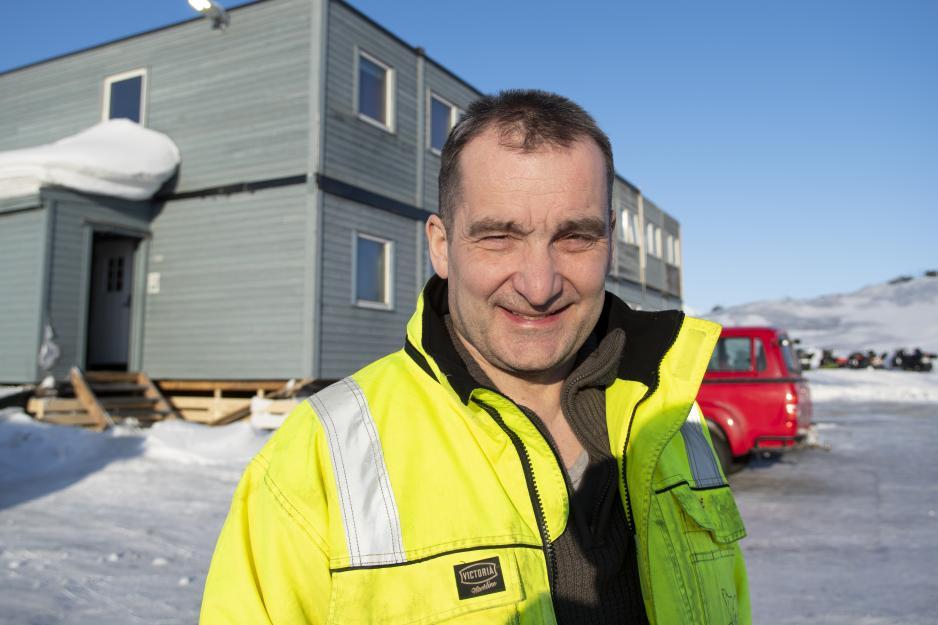
Gudmund Løvli helped map the Svea Nord mine in the 1990s. From 2018 to 2024, he led the environmental project in Svea, overseeing the cleanup process to restore the former mining community to its natural state. (Photo: Line Nagell Ylvisåker / High North News).
50 years of operations
What stands out about Mine 7?
"Mine 7 is in many ways a middle ground between the old mines in Longyearbyen and Svea. It is a more industrialized, machine-operated mine than, for example, Mines 2, 3, and 6. There was more manual labor in those," explains Løvli.
He also notes that the mine is one of the longest-operating mines in Svalbard.
Mine 7 began its operations in 1976, following ten years of preparation.
Mining Manager Nyheim explains that it has been in regular production since, apart from a shutdown for a couple of years after production started to make the adit, or tunnel, into the mine higher and more user-friendly for people and transport.
"The layers of coal are between 1 and 1,5 meters, and it is hard to find machines and cars at such low heights. Therefore, they took rock out all the way in so that the tunnel was about 2,5 meters high. The transport route became much easier, and one was able to use larger machines," he explains.
Nyheim, like Løvli, also highlights the significance of the machinery in the mine.
"At the start of the 1980s, Store Norske started using the first automatic machines for coal extraction in Mine 7. Since then, there has been significant development in this area. We are now able to extract much more coal and rock, and if we encounter problems, it is much easier to move forward than it was with the old machines. They usually stopped, and so did the work," says Nyheim and adds:
"One of the reasons why we have been able to operate Mine 7 so long is the new machines. New areas opened up for us with them."
Coal in short
- Coal is a solid material of organic origin, primarily plants, which releases energy when burned.
- In terms of origin, it is closely related to oil and gas, while the extraction method used bears more resemblance to conventional mining.
- Coal from the mines on Spitsbergen, Svalbard's largest island, is considered to be of very good quality.
- The coal from Mine 7 is used for both industrial production and energy production.
- From the Norwegian side, coal has been mined at deposits at Ny-Ålesund, Longyearbyen, and Svea.
- The coal is found in large coal layers, which are easily visible in the rock walls. The thickness of the layers varies, and the thickest in the Svea area is up to 5 meters thick.
Source: The Geological Survey of Norway and Store Norske.
A lot of expertise in the mining industry is useful in a community.
A motor disappearing
What thoughts do you have about the future of the Longyearbyen community as the Norwegian mining industry ends?
"A motor is disappearing from Longyearbyen. That is a shame. Because we have a lot of expertise in the mining industry that is useful in a community," says Mining Manager Nyheim."
"I have many thoughts about that, of course. It is very special," says Operation and Project Engineer Løvli and continues:
"I have been here for so long that mining has been part of my everyday life. Not least, it is a part of Longyearbyen's identity, although I know many in the city do not have a particular relationship with mining. Yet, it has been a pillar and not least Store Norske's primary industry for over 100 years."
Løvli says he is excited to see how the Longyearbyen community develops.
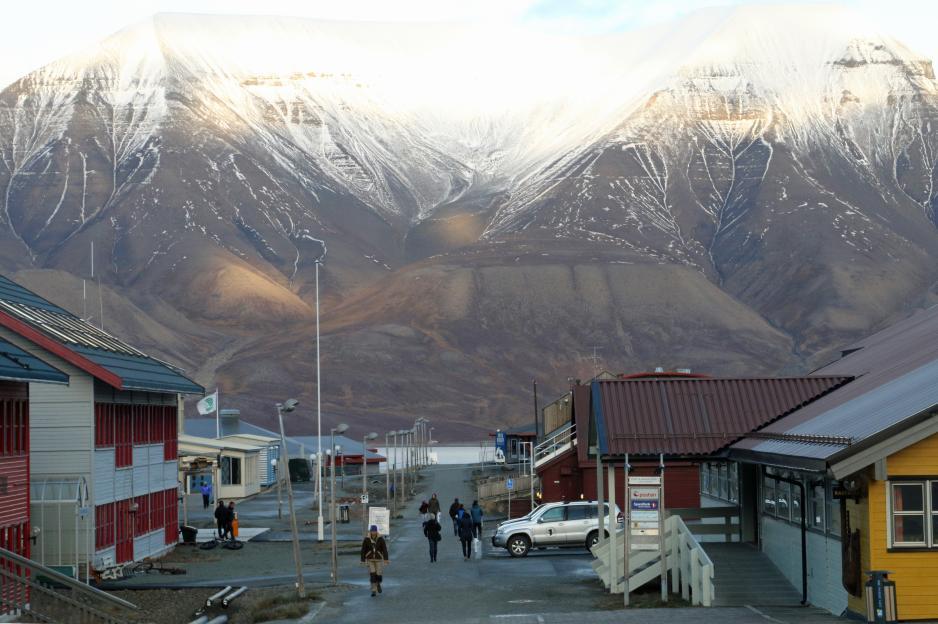
Longyearbyen is the administrative center of Svalbard and has approximately 2,600 inhabitants, representing more than 50 nationalities, according to the Longyearbyen Community Council. (Photo: Arne O. Holm).
"There is no doubt that Longyearbyen will still be a very active community with many inhabitants. However, I am interested in seeing how the share of Norwegians develops versus people from other countries."
Has provided presence
Løvli refers to the fact that it has primarily been Norwegians working within Store Norske's mining industry. The company and its operations have been central to the state of Norway's presence in the Arctic island (See fact box further down).
"Several of the other industries, such as tourism, employ many foreigners. The closing of the mine will therefore entail that we no longer have a major workplace with that many Norwegians."
"Because that is what Store Norske and the mining industry have provided the past 100 years: providing the presence of Norwegians on Svalbard," Løvli elaborates.
What does the path forward look like for Store Norske?
"We will still operate within energy, property, and logistics, in addition to deliverances within tourism. These are the pillars of Store Norske and will be the strategy in the future, as it looks today."
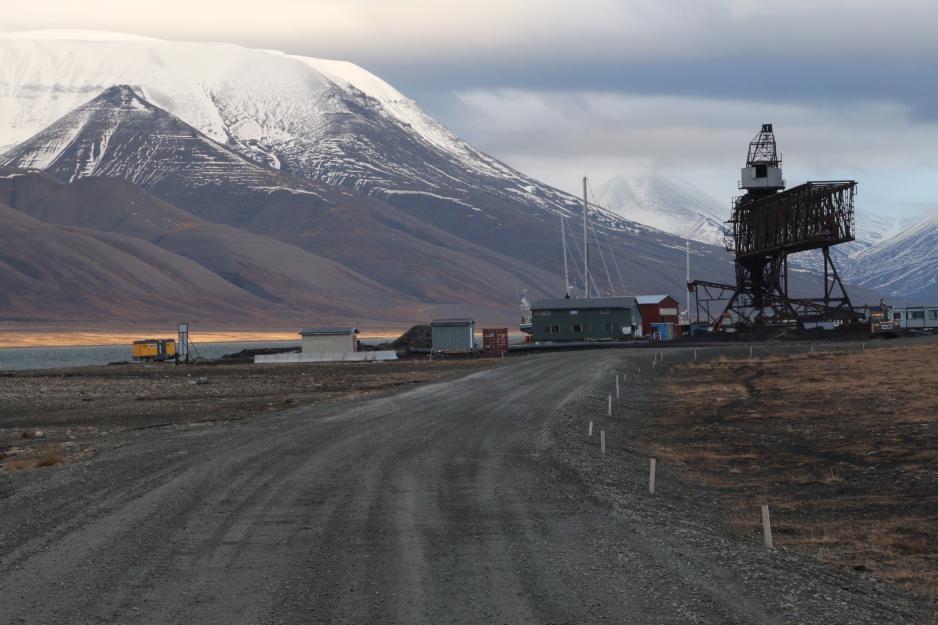
From the coal port in Longyearbyen. (Photo: Arne O. Holm)
Finally, High North News asks whether Nyheim and Løvli have any memories that stand out from the time in Mine 7.
"Something that has pleased me is managing 1000 days without any serious incidents. It's been many years since that last happened," replies Mine Manager Nyheim.
"Much could be said – individual people and experiences, but what stands out from my time in mining is the good camaraderie," says Løvli and continues:
"You must be able to trust your friends. And the teams often find each other outside of work as well. The camaraderie – that will stick with me," he concludes.
Norway's overarching Svalbard policy
The state's justification for ownership of Store Norske is that having a Svalbard actor through the operation of Mine 7, management of housing, and other activities contributes to the Longyearbyen community's maintenance and development in a way that complies with the overarching aims of the Norwegian Svalbard policy, as set out in the Svalbard White Paper.
The five overarching aims for the Svalbard policy are:
– A consistent and firm enforcement of sovereignty
– Ensuring correct compliance with the Svalbard Treaty and monitoring its adherence.
– Preservation of peace and stability in the area.
– Preservation of the area's unique wilderness.
– Conserving Norwegian communities on the archipelago.
Source: Regjeringen.no and the Svalbard White Paper (Meld. St. 26)



